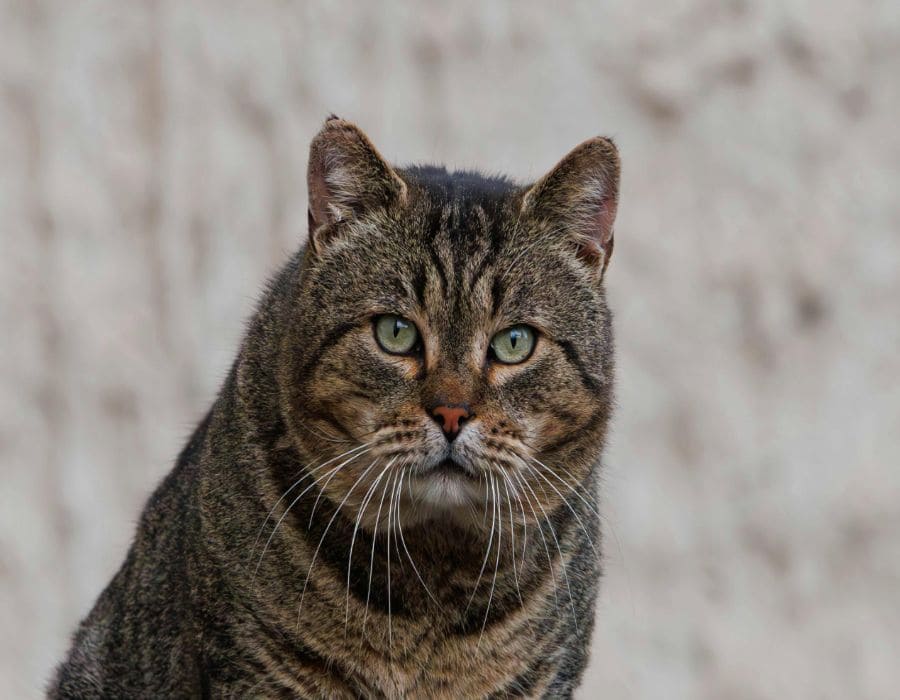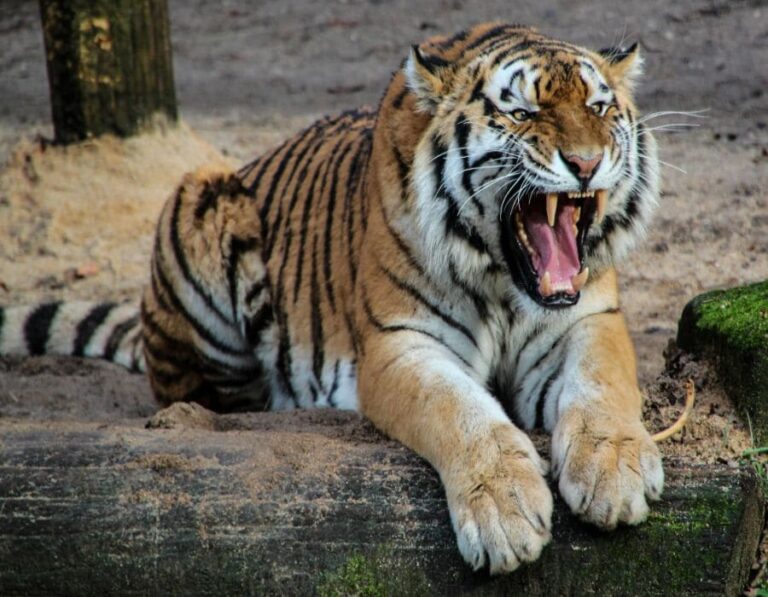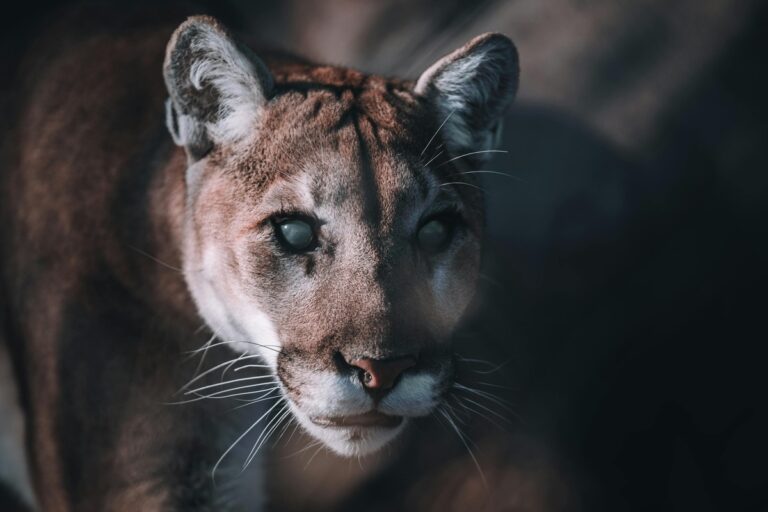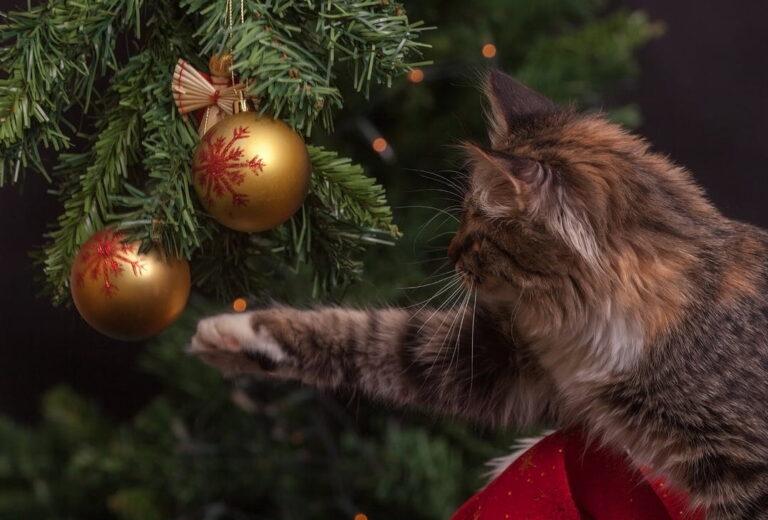13 Cat Breeds That Cannot Be Kept as Pets
While cats have been beloved companions for thousands of years, some cat species are unsuitable for household life. Despite their striking appearances and feline charm, these cats have natural instincts, behaviors, and needs that make them impossible to keep as pets.
Here are 13 cat breeds that cannot be kept as pets.
1. Serval
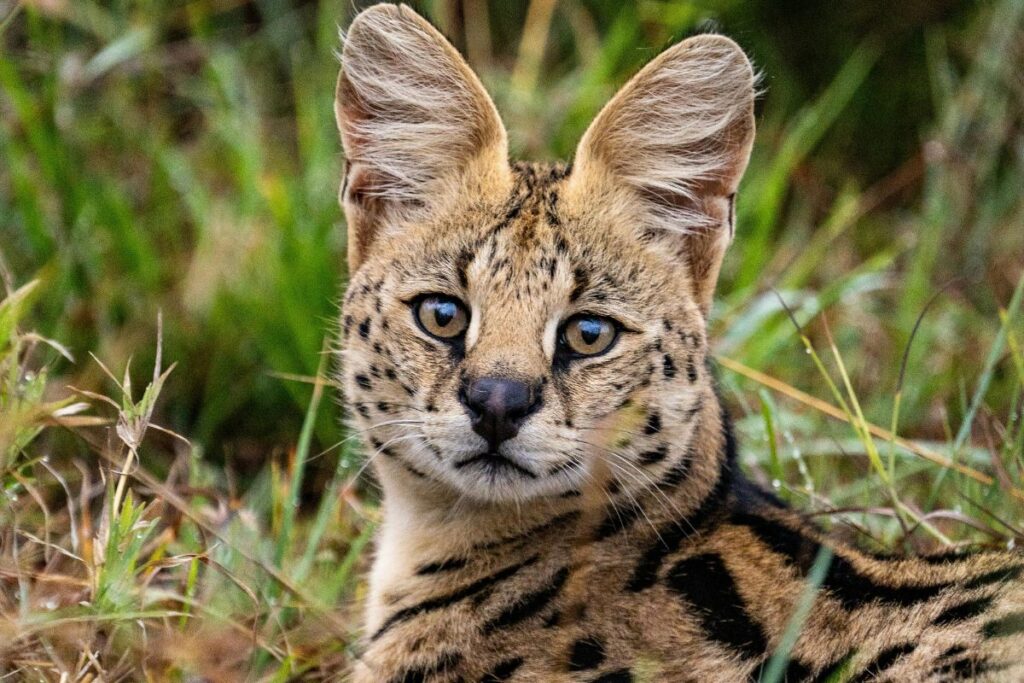
The serval is a medium-sized wild cat native to Africa, known for its long legs, large ears, and beautiful spotted coat. While some exotic pet owners attempt to keep servals, they remain wild animals with strong hunting instincts and territorial behaviors.
Why They’re Not Pets: High energy levels, strong predatory instincts, and territorial aggression. Where Ownership is Restricted: Many U.S. states, Canada, and the UK prohibit or heavily regulate serval ownership.
2. Caracal
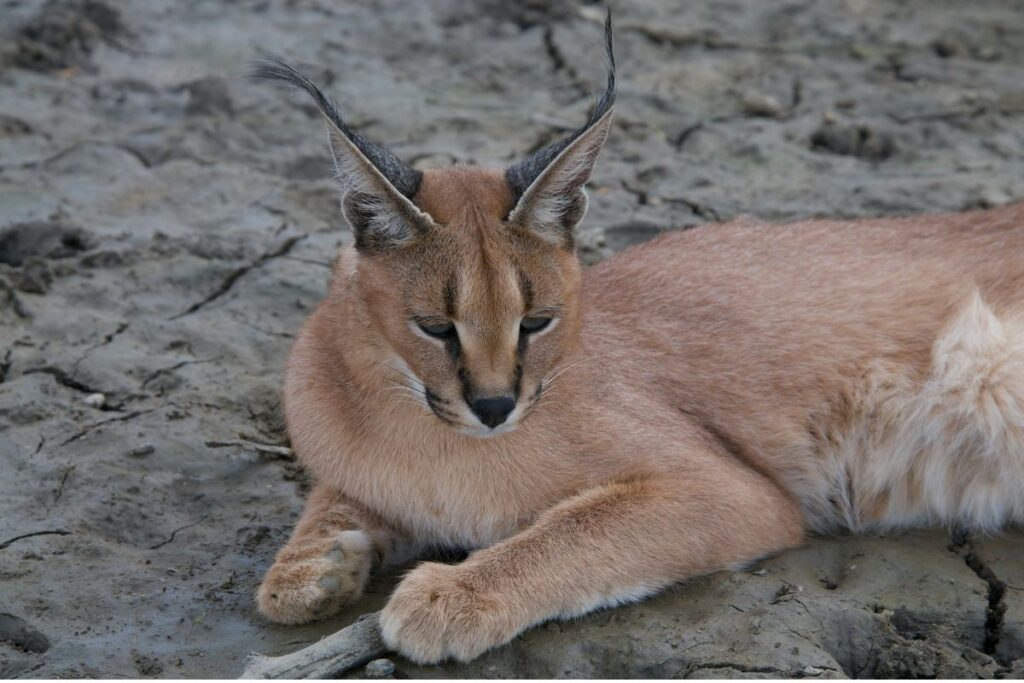
With its sleek coat and distinctive tufted ears, the caracal is a wild feline often mistaken for a large domestic cat. However, caracals are highly independent, aggressive hunters that require vast open spaces.
Why They’re Not Pets: Highly territorial, strong prey drive, and unpredictable nature. Where Ownership is Restricted: Illegal or heavily regulated in most of the U.S., Europe, and Australia.
3. Geoffroy’s Cat
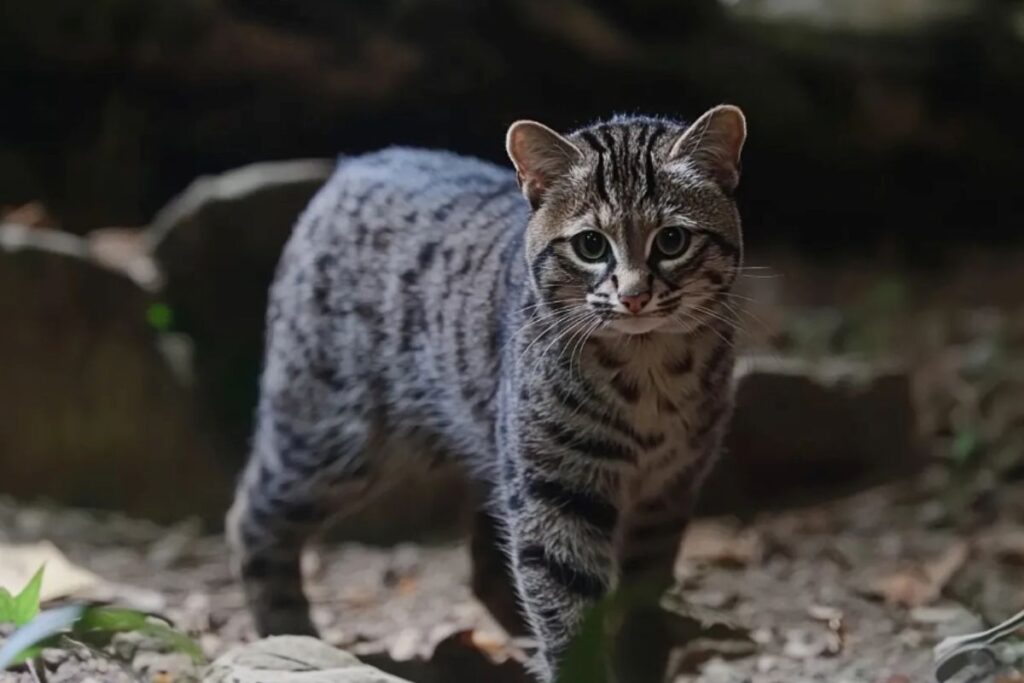
A small wild cat native to South America, Geoffroy’s cat resembles a domestic tabby but is a nocturnal predator that prefers solitude.
Why They’re Not Pets: Solitary nature, need for large hunting territories, and skittish behavior. Where Ownership is Restricted: Banned as a pet in most countries due to conservation status.
4. Fishing Cat
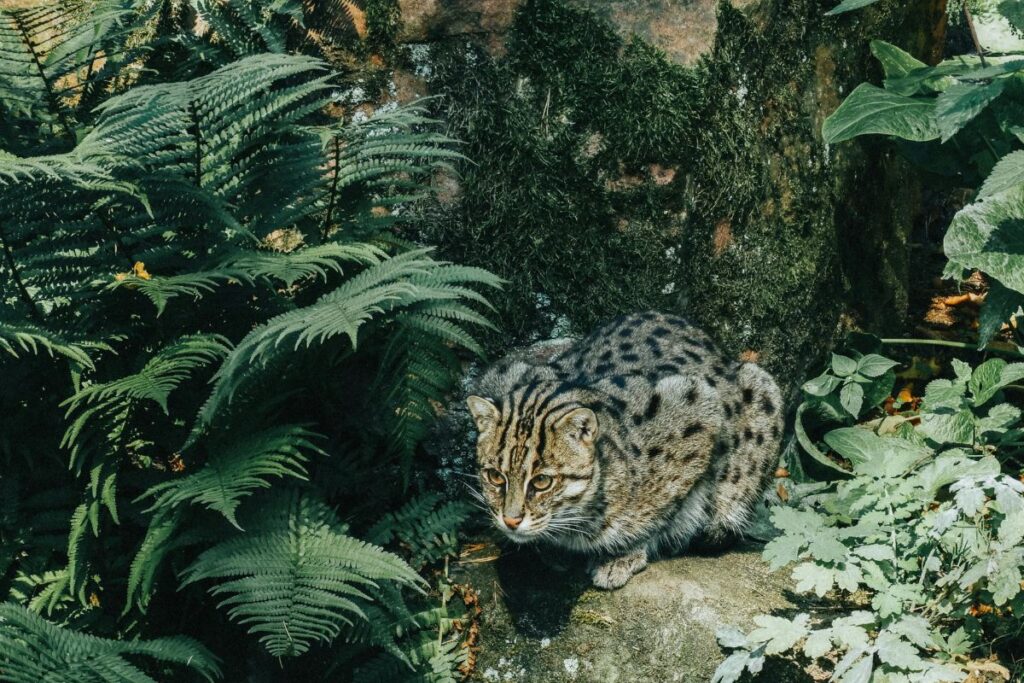
The fishing cat, found in South and Southeast Asia, is an excellent swimmer and an expert at catching fish. Though it resembles a large domestic cat, it has wild instincts and cannot be tamed.
Why They’re Not Pets: Strong territorial instincts, need for wetland habitats, and aggressive tendencies. Where Ownership is Restricted: Protected under conservation laws in Asia and restricted in most Western countries.
5. Jaguarundi
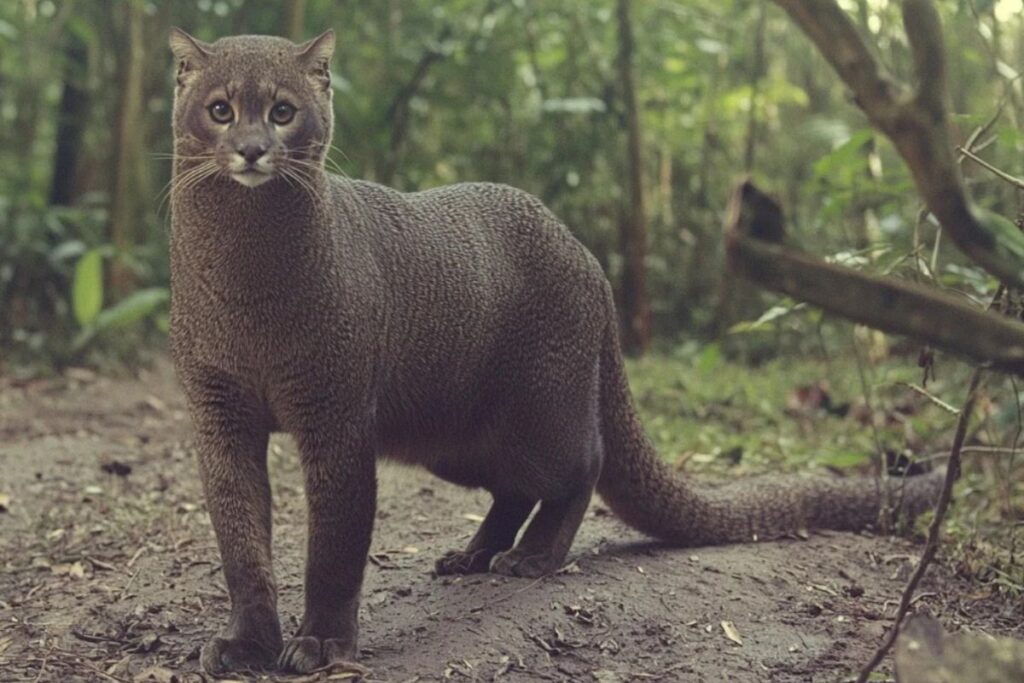
A sleek, weasel-like wild cat from Central and South America, the jaguarundi is highly elusive and does not form bonds with humans.
Why They’re Not Pets: Extremely shy, requires vast territories, and does not tolerate captivity well. Where Ownership is Restricted: Banned or heavily regulated in the U.S., Mexico, and most of South America.
6. Bobcat
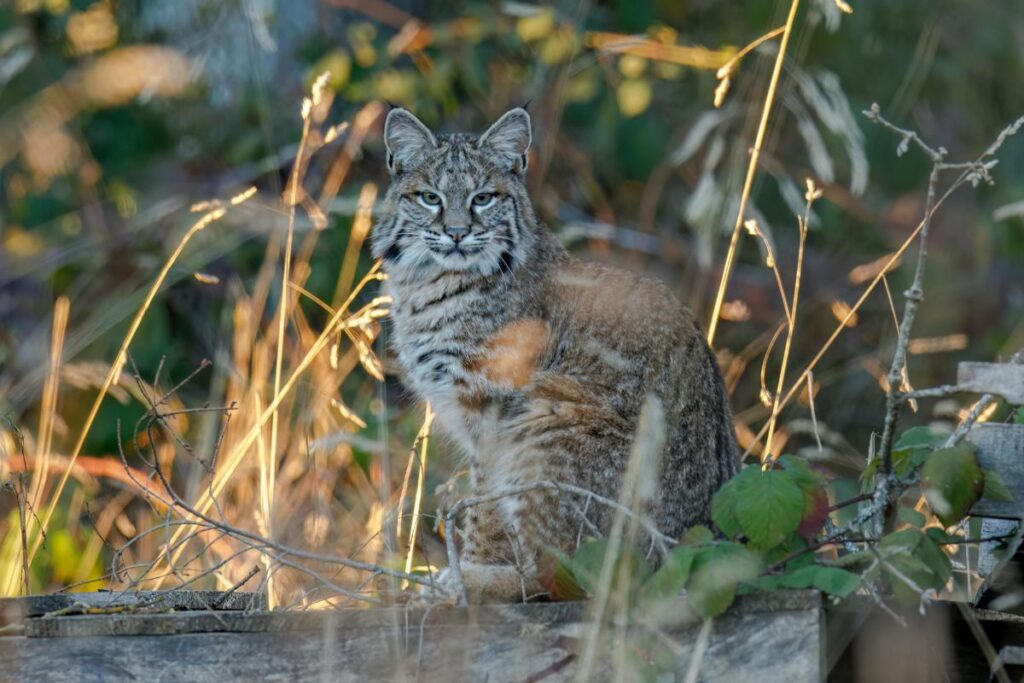
Bobcats may resemble oversized domestic cats, but they are powerful predators native to North America. They are highly territorial and can become aggressive if kept in captivity.
Why They’re Not Pets: Strong hunting instincts, territorial nature, and legal restrictions. Where Ownership is Restricted: Illegal in many U.S. states and Canada.
7. Pallas’s Cat
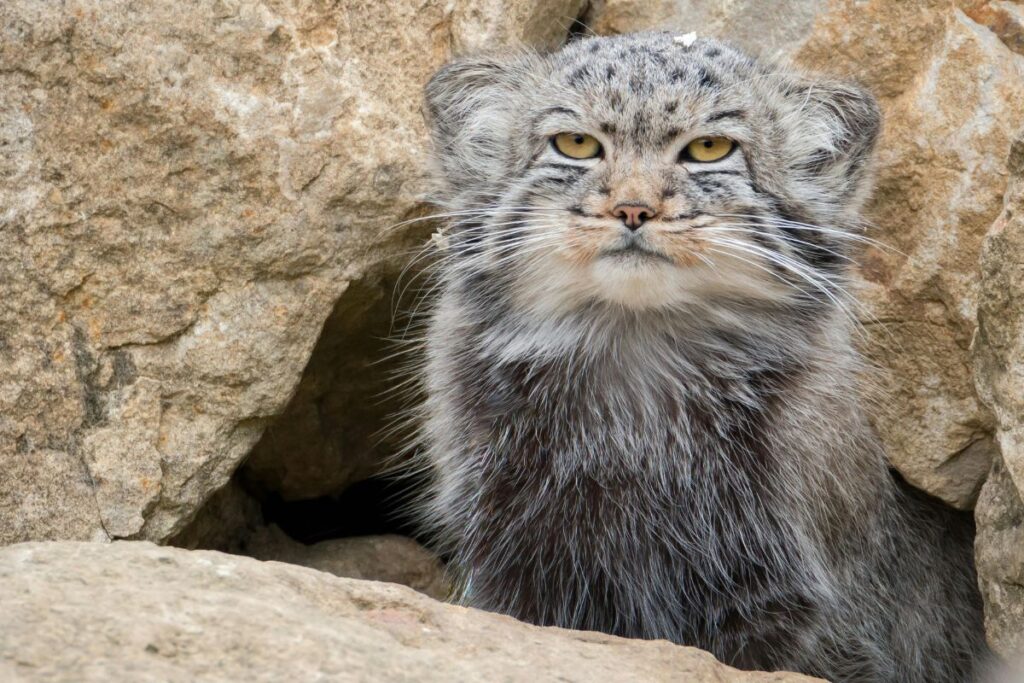
This fluffy, grumpy-looking wild cat from Central Asia may look like an oversized Persian cat, but its survival instincts make it unsuitable for domestic life.
Why They’re Not Pets: Extremely shy, difficult to tame, and requires cold, high-altitude environments. Where Ownership is Restricted: Protected in most of its range; illegal to own in many countries.
8. Rusty-Spotted Cat
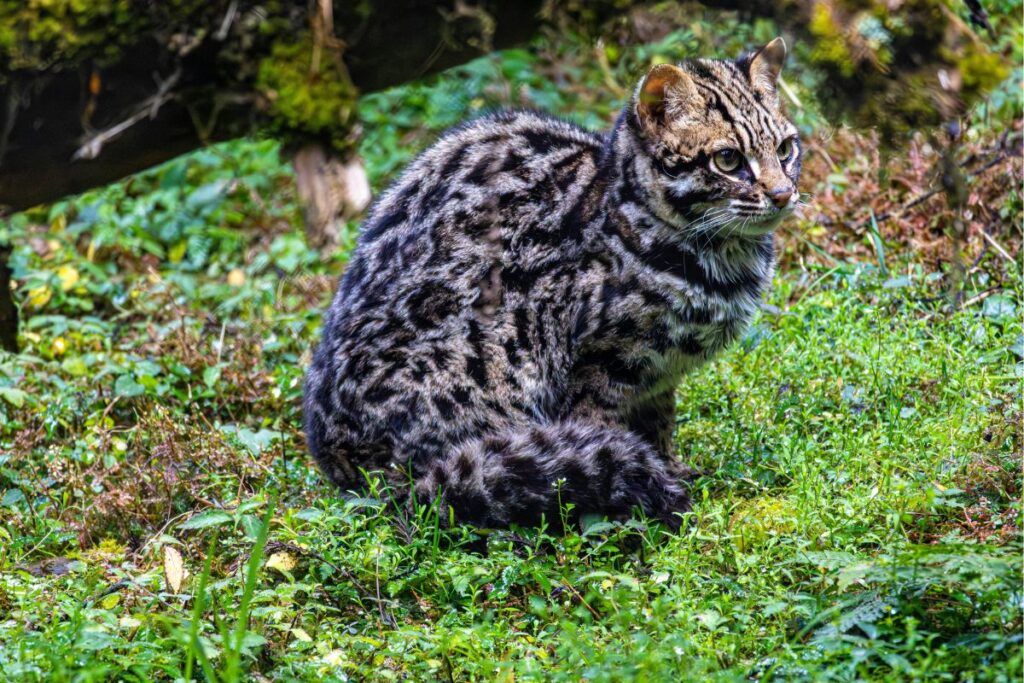
The world’s smallest wild cat, the rusty-spotted cat, is about the size of a kitten but remains a fierce and elusive predator in its natural habitat.
Why They’re Not Pets: High energy, nocturnal habits, and difficulty in adapting to human environments. Where Ownership is Restricted: Protected under wildlife laws in India and Sri Lanka.
9. Ocelot
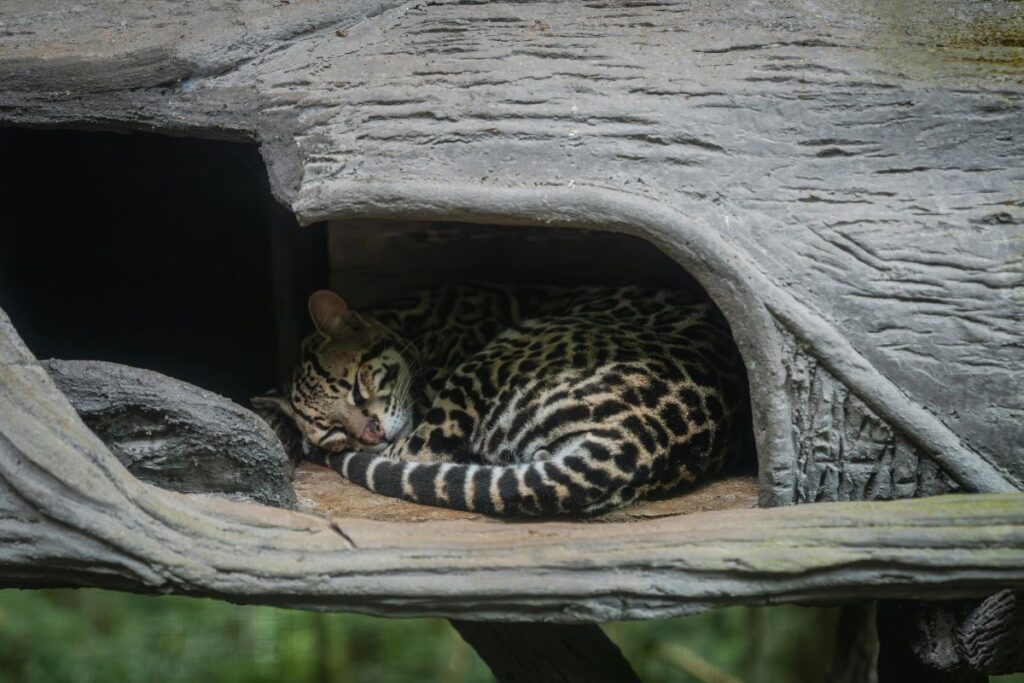
Ocelots are medium-sized wild cats with stunning spotted coats, often mistaken for oversized house cats. However, they are skilled hunters and difficult to domesticate.
Why They’re Not Pets: Strong prey drive, need for vast territories, and nocturnal behavior. Where Ownership is Restricted: Illegal in most of North America and protected in South America.
10. Asian Leopard Cat
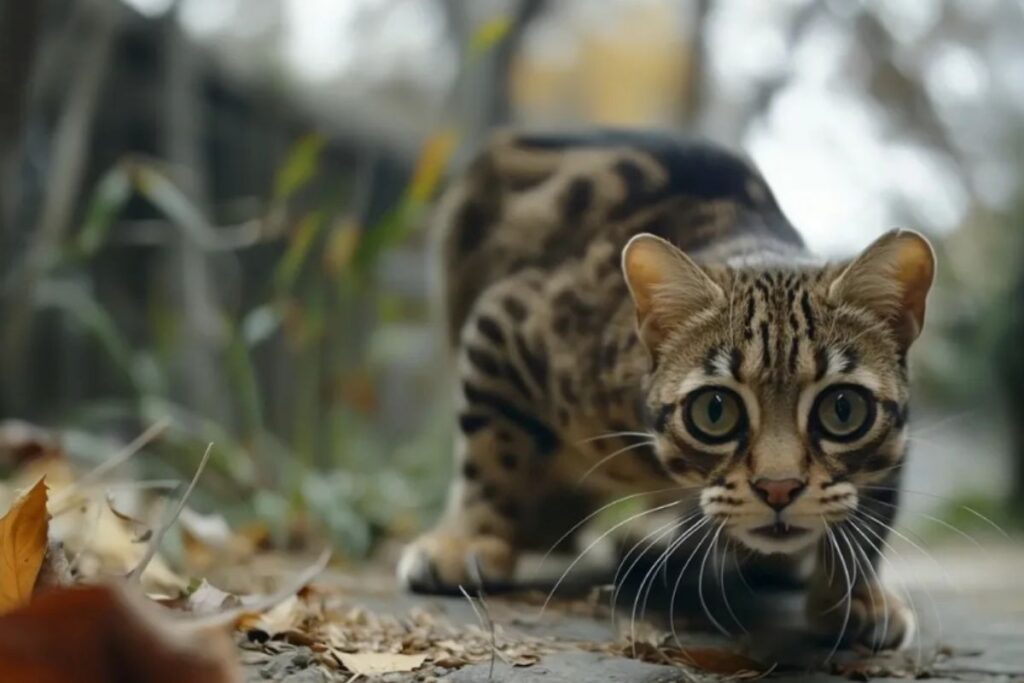
Often confused with the Bengal cat (a domesticated hybrid), the Asian leopard cat is a true wild feline that does not adapt well to human environments.
Why They’re Not Pets: Solitary nature, fear of humans, and strict dietary needs. Where Ownership is Restricted: Protected under conservation laws in most of Asia.
11. Sand Cat
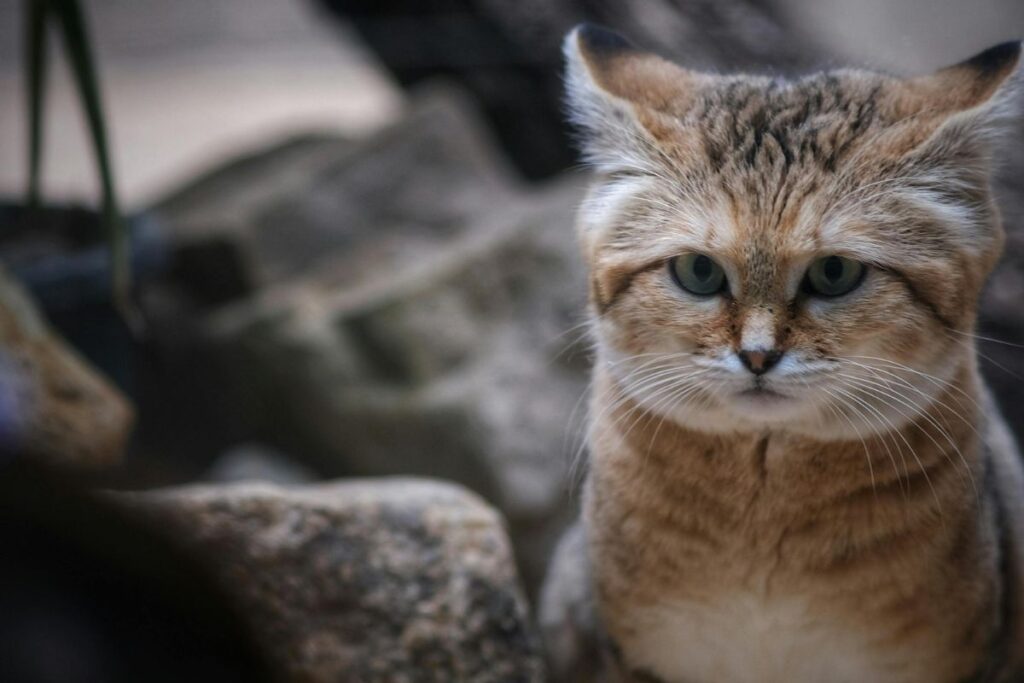
The Sand Cat is a small wild feline native to the deserts of North Africa and the Middle East. Despite their adorable kitten-like appearance, these resilient cats are adapted to extreme desert conditions and are expert hunters of small prey.
Why They’re Not Pets: Nocturnal and highly elusive, Sand Cats avoid human interaction. Their extreme environmental adaptations make them completely unsuitable for domestic life.
Where Ownership is Restricted: They are protected under international wildlife conservation laws, making private ownership illegal in most countries.
12. Serval Mixes
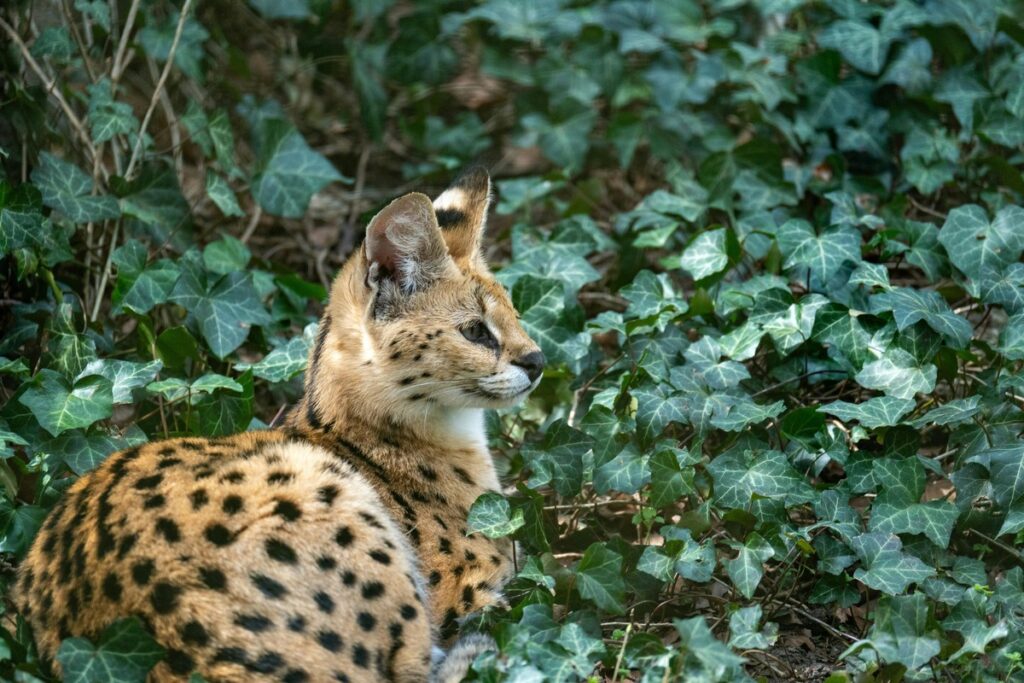
While serval hybrids are occasionally bred with domestic cats to create exotic, wild-looking pets, they still retain much of their wild nature. These cats may appear similar to a domestic cat but often carry strong territorial instincts and an intense need for space to roam.
Why They’re Not Pets: Unpredictable behavior, high energy, and strong hunting drive make them difficult to manage in a home environment.
Where Ownership is Restricted: Banned in most states and regulated in other parts of the world due to their wild ancestry.
13. Lynx
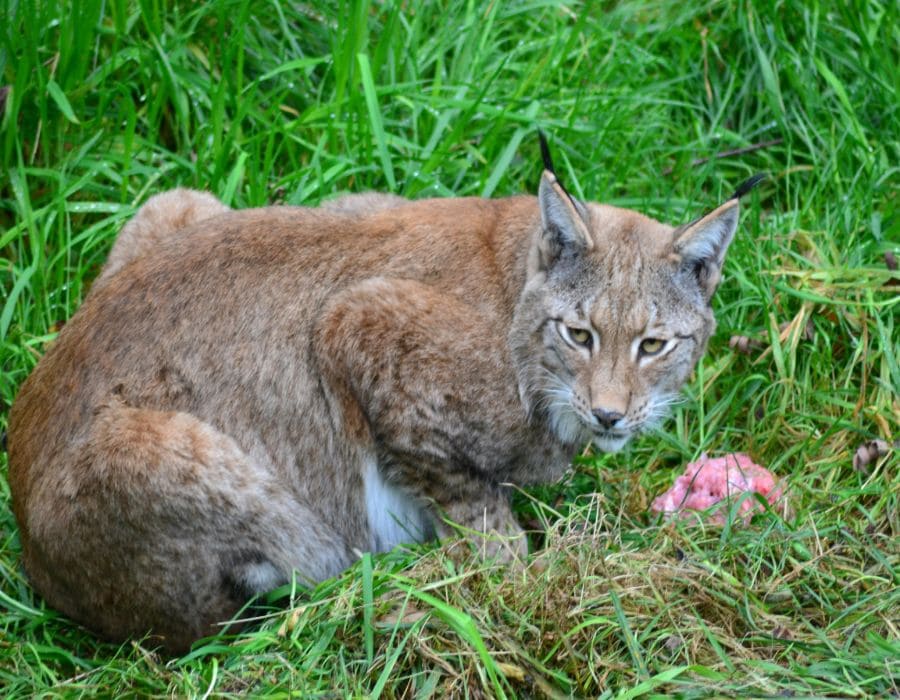
Lynx are solitary, elusive wild cats native to North America, Europe, and Asia. Known for their tufted ears and thick fur, these large cats require wide-ranging territories and specialized diets. They are not social animals and are best left in their natural habitats.
Why They’re Not Pets: Lynx are highly territorial, aggressive, and need large spaces to hunt and roam. Their specialized diet and nocturnal behavior make them unsuitable for life in a household.
Where Ownership is Restricted: Many countries and states have strict regulations or outright bans on owning a lynx due to their wild nature.
Conclusion
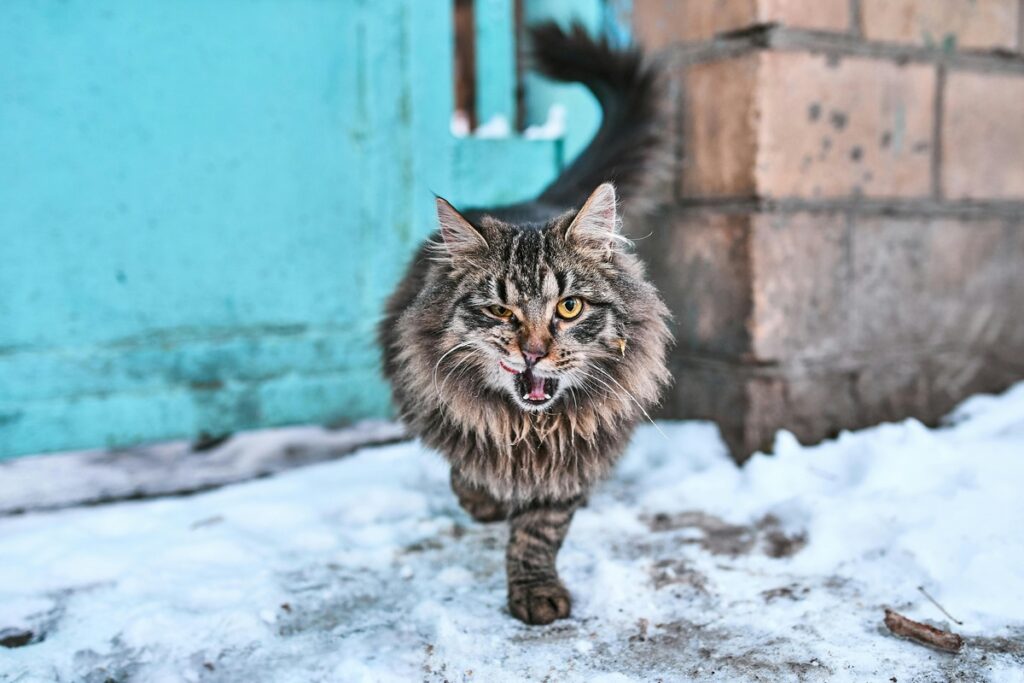
Although some people attempt to keep these wild cat species as pets, their natural instincts, territorial behaviors, and specific habitat needs make them unsuitable for domestic life. Many of these species are also endangered or protected by conservation laws, making private ownership illegal in numerous regions.
If you admire these stunning wild felines, consider supporting conservation efforts rather than attempting to domesticate them.

